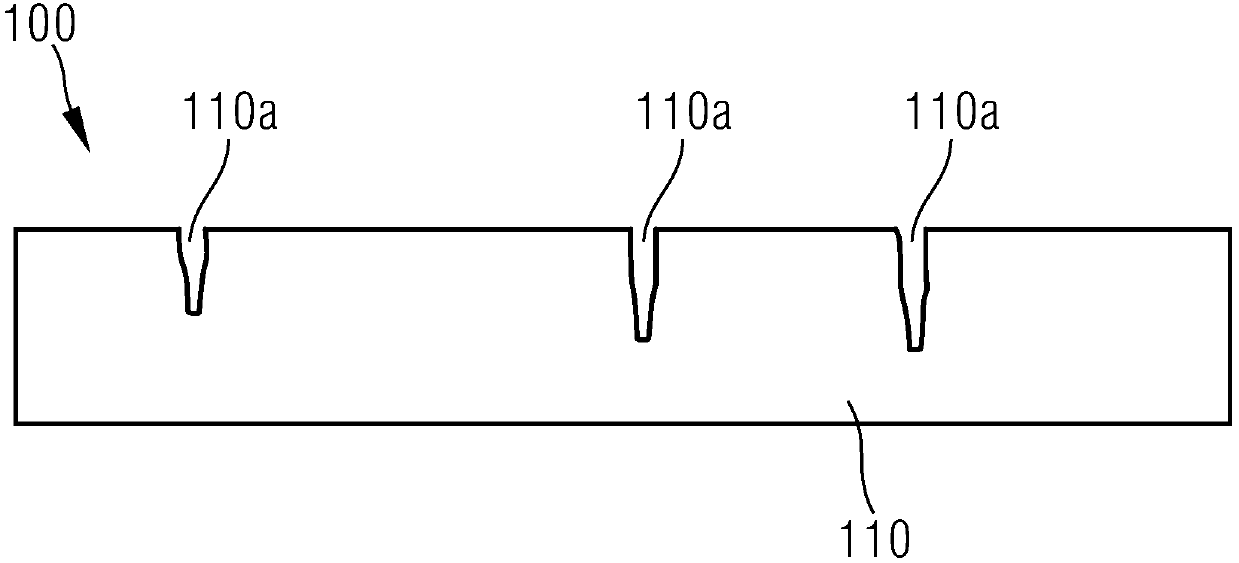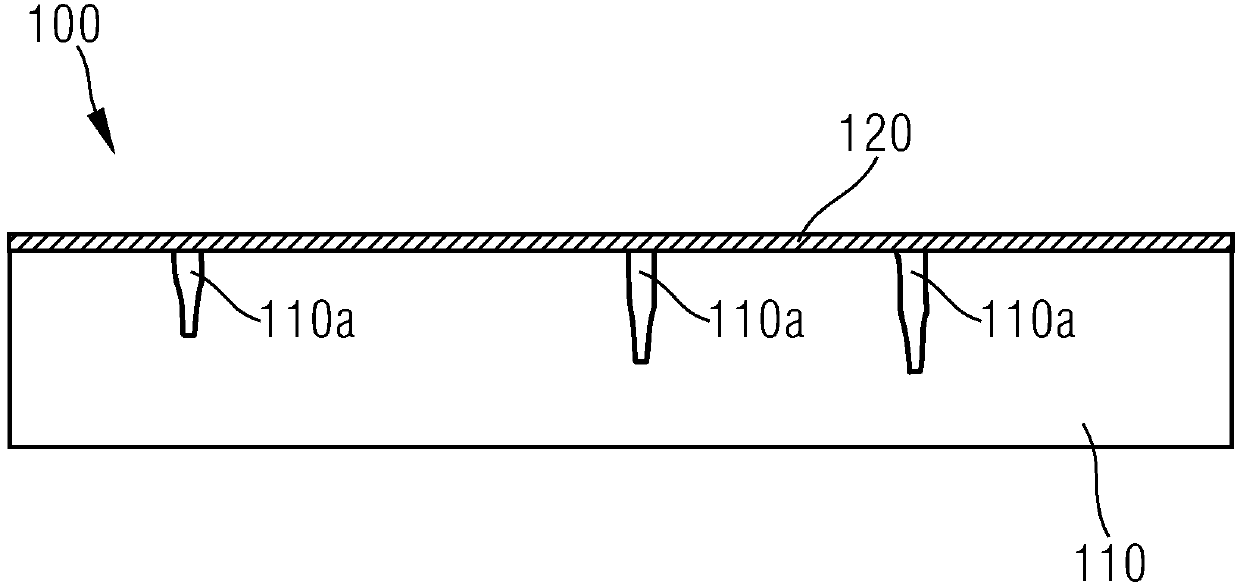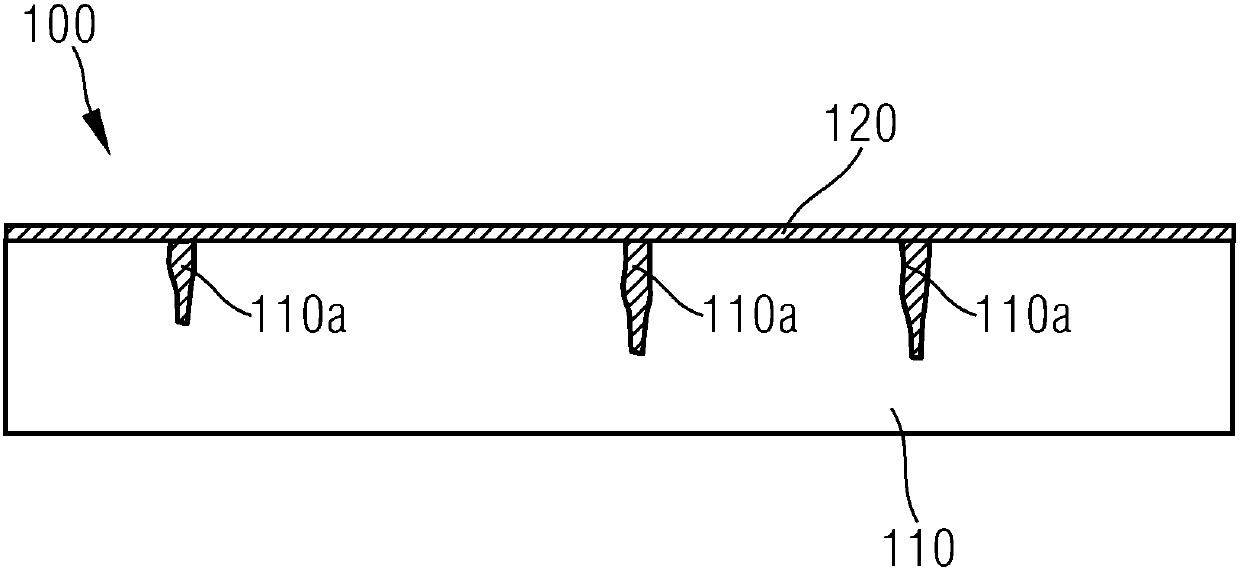Method for improving quality of inner surface of 3D printed part
A 3D printing, inner surface technology, applied in the field of 3D printing, can solve the problems of not mentioning the degradation effect of the etching process, difficult to control the accuracy of the internal structure, etc., to improve the anti-oxidation ability, easy to control and operate, and good effect. Effect
- Summary
- Abstract
- Description
- Claims
- Application Information
AI Technical Summary
Problems solved by technology
Method used
Image
Examples
Embodiment Construction
[0020] The specific embodiments of the present invention will be described below in conjunction with the accompanying drawings.
[0021] The invention provides a method for improving the quality of the inner surface of a 3D printed part, which includes the following steps:
[0022] First, step S1 is executed to perform 3D printing according to a predetermined model to obtain a printed finished part. Wherein, the selective laser melting equipment includes a molding cylinder, in which a piston is arranged, and the piston can move up and down. A printing plate is arranged on the piston, and metal powder is placed in the space on the printing plate. The piston adjusts the printing space in the forming cylinder by moving up and down. Selective laser melting equipment performs laser scanning on the metal powder, breaks the metal powder into a powder matrix, and continues to laser scan the powder matrix until the powder matrix is sintered from the bottom up into a pre-printed sha...
PUM
| Property | Measurement | Unit |
|---|---|---|
| thickness | aaaaa | aaaaa |
Abstract
Description
Claims
Application Information
 Login to View More
Login to View More - R&D
- Intellectual Property
- Life Sciences
- Materials
- Tech Scout
- Unparalleled Data Quality
- Higher Quality Content
- 60% Fewer Hallucinations
Browse by: Latest US Patents, China's latest patents, Technical Efficacy Thesaurus, Application Domain, Technology Topic, Popular Technical Reports.
© 2025 PatSnap. All rights reserved.Legal|Privacy policy|Modern Slavery Act Transparency Statement|Sitemap|About US| Contact US: help@patsnap.com



